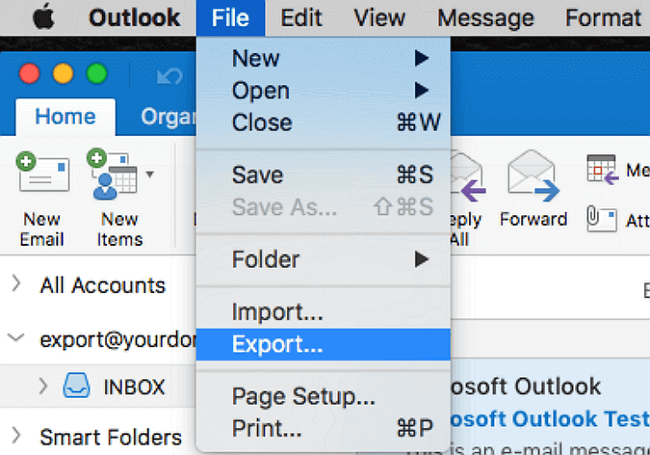

I have seen cases where users send an attachment link, but the recipient cannot access the document. Maybe Outlook 2016 is smart enough to detect whether or not external sharing is enabled, but if so, this does seem to go wrong sometimes. External sharing may also be disabled for specific sites. In the case of Office 365, note that external sharing may be switched off, in which case links will not work. In any case, I would prefer not to give out any magic links to documents in my SharePoint it just seems an unnecessary security risk. The URL I use for SharePoint internally is not accessible externally, which is perhaps a flaw in my setup, but not one that has ever caused problems before. I have an internal SharePoint and soon figured out that I had to prevent Outlook from sending documents as links. In my experience, it is easy to end up sending an attachment that cannot in fact be accessed by the person at the other end.

What is meant to happen is that Outlook detects whether your document can be sent as a link, and if it can, interacts with SharePoint to create a magic link with either view or edit permissions. There is also the question of whether the mechanism behind this feature is really robust. OK, my scenario is somewhat contrived, but you can see the underlying issue. Colleague happens to look at minutes, thinks, why did we not minute our difficulties with supplier X? Adds section of sensitive information and proposal to switch to supplier Y.ģ. Hmm, shall I send the minutes of our last meeting to this person at supplier X? Better check there is nothing sensitive in it. One of the implications of sending links is that the document received may not be what is sent. Of course Outlook is meant to give you the choice about whether to send as a link or as a copy, but we all know that busy people just click and expect it to work they mostly will not think through which method is appropriate in a particular case, or in some cases, even understand the difference. It also means that everyone has the latest version. The idea is to prevent proliferation of different versions if several respondents make changes and email them back.

Microsoft Outlook 2016 has a new feature which the company highlighted when it first appeared, which is that it sends attachments as links by default, if they are stored in network-accessible locations.


 0 kommentar(er)
0 kommentar(er)
